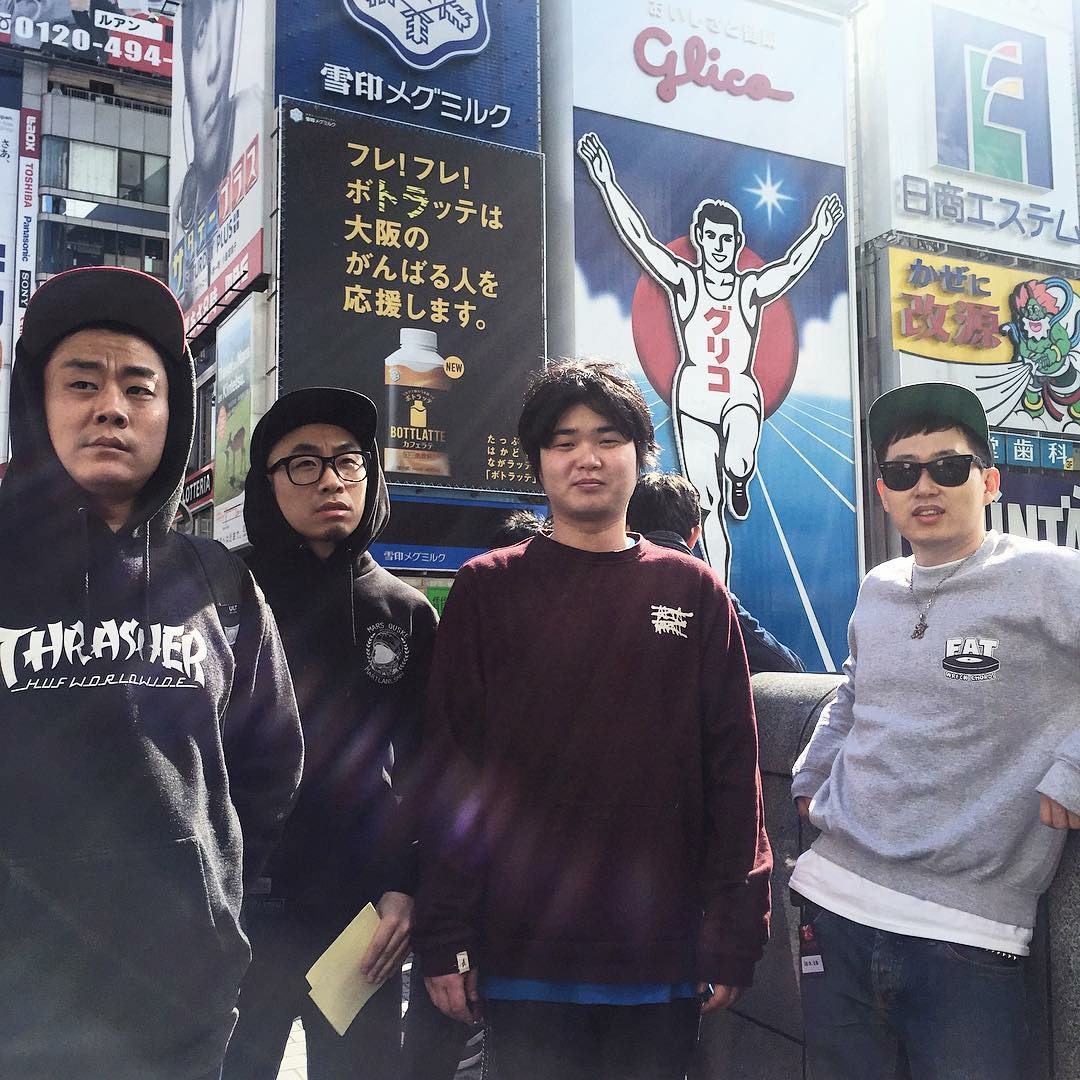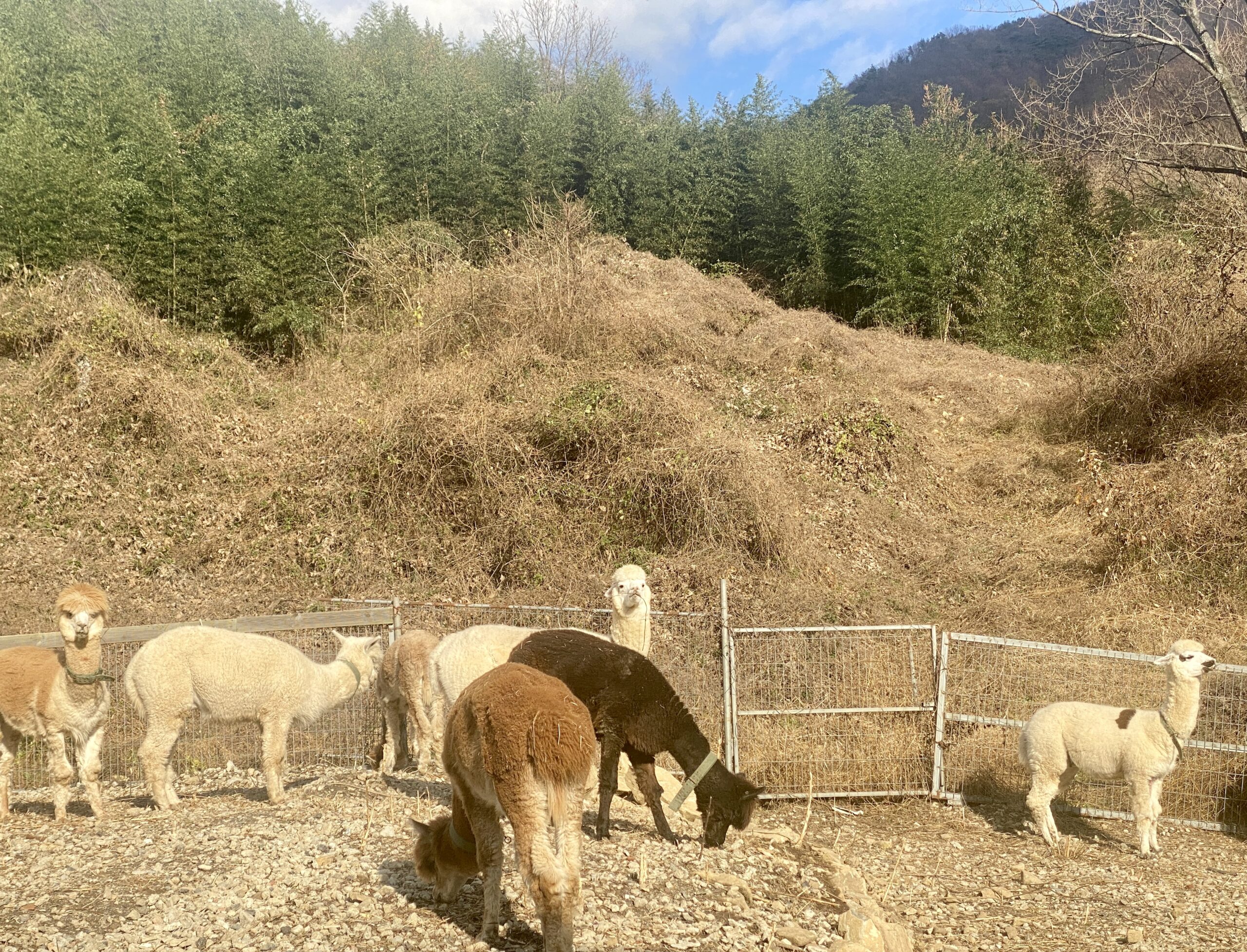Food Allergies in Korea, Part I
An elderly lady was admitted into the hospital I was working at one day. It was almost lunch time and, per standard, I asked if she was allergic to anything. She, probably all too honestly, responded, “Bananas and my husband when he’s feeling frisky.” Trying to shake the mental image from my head and ignore the horrid parallels between her two responses, I chuckled and gave her a wristband that said BANANAS on it, indicating her allergy. An hour or so later I checked on the woman. A young man sitting by her bed stood up smiling, glanced at the wristband and said, “I see you’ve met my mother.”
Advice was requested on the topic of food allergies because there are foreigners in Gwangju with food allergies and, well, having dietary restrictions in Korea can be somewhat of a daily struggle, if you are unaware of the surrounding food culture.
There are two types of people with food allergies; those who abide by very strict eating regulations (what I like to term “foodus operandi”) and those who find zen in channeling their inner Andrew Zimmern, whose philosophy fits somewhere along the lines of if it fits in your gullet, stick it in at least twice..
Gastronomical ascetic or not, allow me to present some points on food allergies within the Korean cultural context for you to digest.
Principally there are 4 methods in managing food allergies:
Strict avoidance – As the name implies, “recognizing what triggers the food allergies and avoiding such ingredients in a meal or dish.”
Nutritional counseling – Dietary adjustments that serve a therapeutic role whereby a nurse, nutritional or dietician assesses eating patterns, identifies where change is needed and works to help the individual maintain those changes.
Emergency treatment – After the allergic reaction has been triggered; treatments range from mild over-the-counter antihistamines for minor reactions, to injection of epinephrine, as well as a trip to the emergency room for severe reactions.
Resistance/Immuno therapy – The most recent and still experimental treatment; where antibodies or small, weakened (through heat) doses of the allergen are administered to build tolerance and reduce sensitivity.
Commonly foreigners with food sensitivity are discouraged from coming to Korea. Those who have visited or who live in Korea can be quick to give the country a bad rap when it comes to dining, and given that most transgressions take place on the Internet, their advice is often dished up with a heaping side of misunderstanding and bigotry, leaving it up to the knowledgeable few to set things straight.
First and foremost, the onus is on the individual. There is no one held more accountable for your health than you, and having food allergies is not a disability if you understand your condition and the environment you are in. This is where going abroad can complicate things. Even though you are well aware of your allergies, you now find yourself in a new environment. All of a sudden, language barriers, unfamiliarity with the food and the host country’s perception of food allergies become factors in determining your risk of allergic reaction.
Here in Part 1 of this two-series article, we will start by examining the cultural aspects of having a food allergy in Korea. This will help shape your perspective and set the backdrop for “Perspectives: Food Allergy in Korea, Part 2,” in next month’s issue.
Culture and Perspective
Because we are discussing being abroad with food allergies, understanding and observing the host culture has a lot of significance in determining your ability to avoid dangerous foods. It also puts things into perspective, giving your soul solace when trying to rationalize why there is a strip of ham in your “veggie” kimbab, or why people around you confuse your allergies for pickiness. You could get upset and bump heads with people you encounter, or you could acknowledge that you are a visitor in a place with its own set of established social norms, food culture and national history. The latter option will ultimately help you integrate and better cope with food allergies.
First, Koreans may be unaware of your type of food allergies. If you look at the table below, you will see the top food allergens for Korea and the U.S. What you probably noticed is that NO items match (except for crab being included in the category “shellfish”), indicating that Koreans for the most part are affected by different foods than Americans (and people of cultures that reflect a Western diet).
| Korea | USA |
| PupaHoneyTomatoCherryCeleryCrabChestnutKiwiShrimp | PeanutMilkShellfishTree NutsEggFin Fish*StrawberryWheatSoy |
*true fish, as opposed to other seafood, are harvested at fisheries
Therefore, it is not that Koreans do not suffer from food allergies, which is a common misconception. The triggers are just different. Knowing this fact frames why a soy or egg allergy would be foreign to a Korean person, in the way a pupa or honey allergy would sound foreign to an American. This unfamiliarity causes a range of reactions. People may not be understanding nor accepting, thinking you may be just picky or stubborn in not wanting to try new foods.
Friends or co-workers may even try to “test” you, so it is important to be blunt and maybe even over exaggerate the seriousness of your allergies: “I will die if I eat ANY _____.” It seems a little much but there is sometimes a disjunction if you do not make the statement as an absolute. For example, if you say you will get sick from eggs, people may take it to mean you will get a bad stomach ache, or they might think that only eating a full fried or boiled egg will make you sick, not the little bits in your bibimpap or the egg-wash used to seal your dumplings.
The definition of certain products is also culturally relative. You quite literally can see this principle manifested in the pink strip of ham in your supposedly-vegetarian kimbab, because ham, to some Koreans, is not considered a “meat.” If you ask a Korean what is in the dish, err on the safe side and do not take their responses at face value. Korean dishes generally have an ingredient list that goes on like Santa’s naughty list and, many times, in their best efforts to be helpful, they will give a feign response rather than say, “I don’t know” or “I’m not sure.” With this perspective in mind, please try not to be offended, be extremely clear and overtly upfront about your allergy and take the time to determine for yourself if a dish contains something unsafe for you.
This photo was used under Wikimedia Commons Licenses 3.0






strawberry is not an allergen in the US.